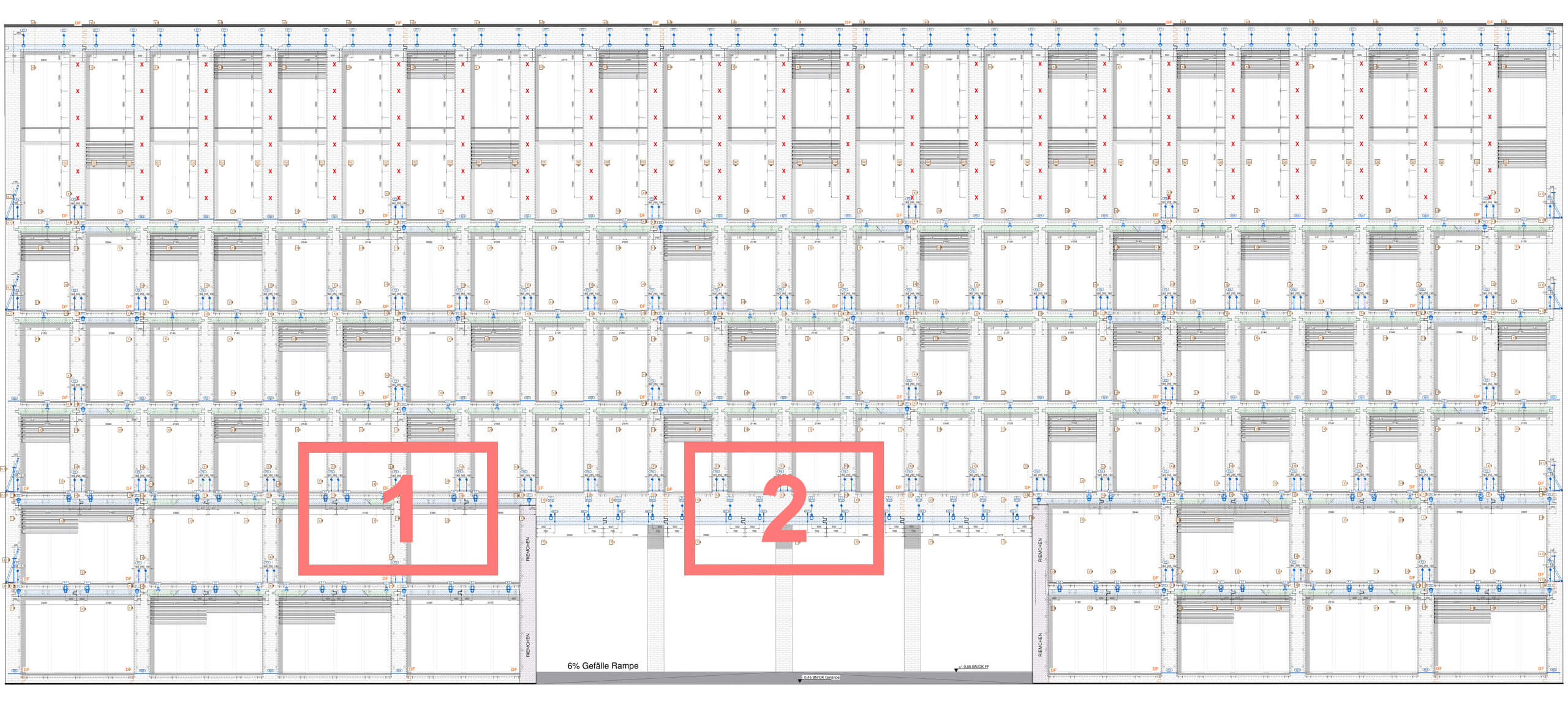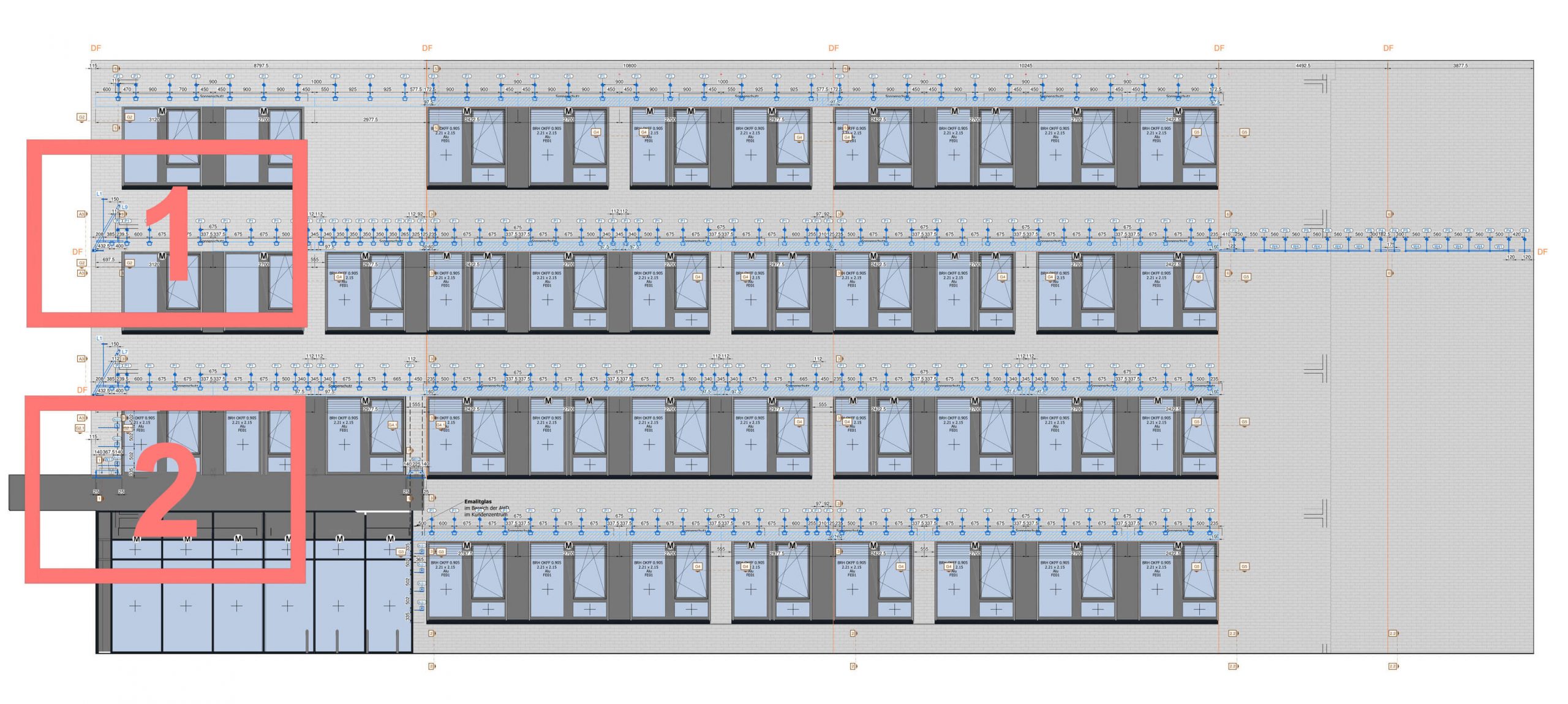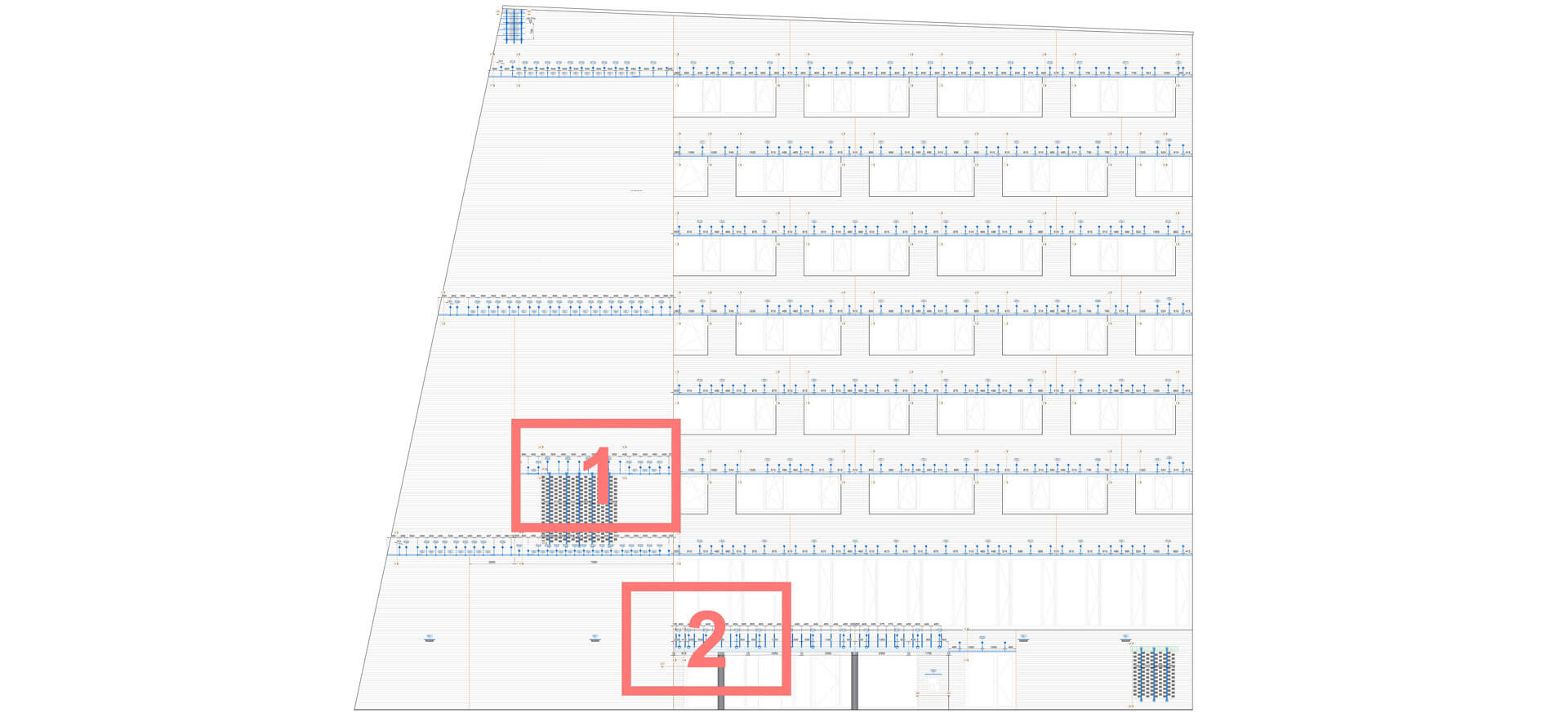FACADES
Regardless of the material chosen for the façade, it can assume countless forms and shapes. It is possible through the use of materials that allow for interesting architectural solutions and the designers’ willingness to create unforgettable buildings with remarkable aesthetic impression.
However, underneath the form and shape lie certain technical difficulties related to how the facade is connected to the building’s load-bearing structure. When designing the fastening options for façade elements, we adhere to the principle of friendly installation.
It consists of uncomplicated and simple installation of fixing anchors to the structure of a given building and subsequent easy fixing of the facade. Therefore, it is important to choose the proper installation system at the building design stage and prepare the right location and appropriate mounting conditions.
Given the lack of access to the supporting substructure after the facade installation, the facade fixing technique uses stainless steel anchors for the installation, which are resistant to corrosion and adverse weather conditions. They are intended for clinker, stone and concrete.
TYPES OF HEAVY FACADES
CONCRETE FACADE
Thanks to modern production technologies, concrete gives us unlimited freedom to shape the facade's space and appearance. The latest generation matrices permit the reproduction of almost any texture, and appropriately selected components of the concrete mix ensure that the concrete obtains a broad colour palette.
Due to its versatility and ease in taking various forms, concrete is currently one of the most popular materials for façades or other representative parts of a building. The free shaping of the space is facilitated by both the concrete itself and the dedicated installation systems that fasten the individual facade components, such as large-format concrete slabs, plinths, attics or columns and beams.
BRICKWORK FACADE
Clinker brick is one of the oldest building materials used in construction. Equally, it is distinguished by high durability and resistance to unfavourable external factors such as biological corrosion, precipitation, frost or jumps in temperature. Clinker brick significantly improves the thermal insulation properties of walls and protects the building's load-bearing structure.
The broad range of formats, colours and textures of mineral bricks permits their use for clinker facades in modern buildings and renovation of existing buildings to give them a new, unique image.
NATURAL STONE FACADE
Architects and engineers have used the qualities of natural stone for hundreds of years. Its natural colour, durability and easy availability are the main advantages that make it so often used as a material for a long-lasting façade.
The extensive range of assembly connectors and the possibility of designing non-standard fixings allow us to provide and recommend solutions facilitating the execution of even the most complex forms of stone facades.




